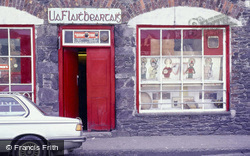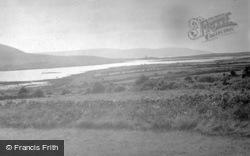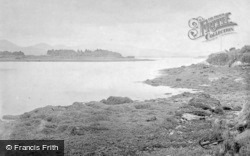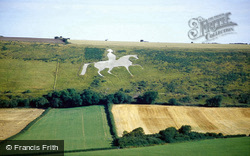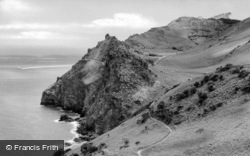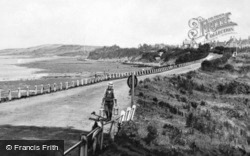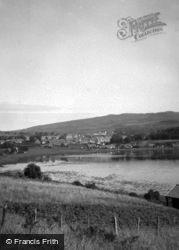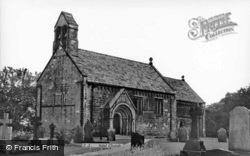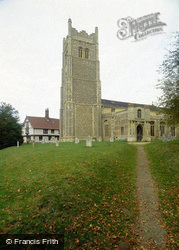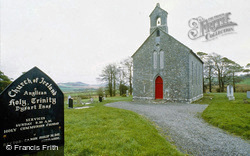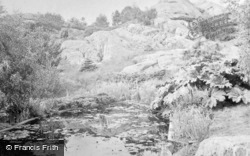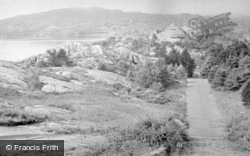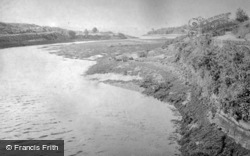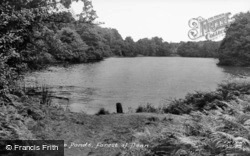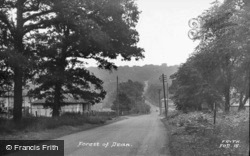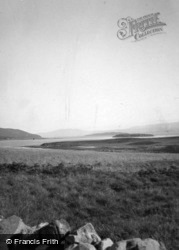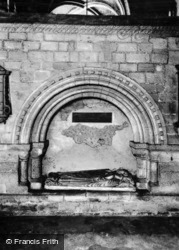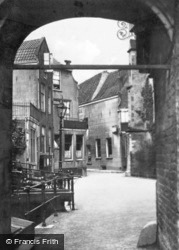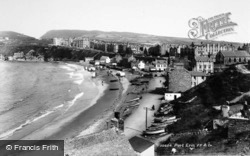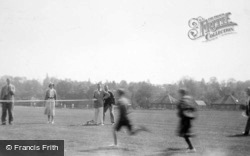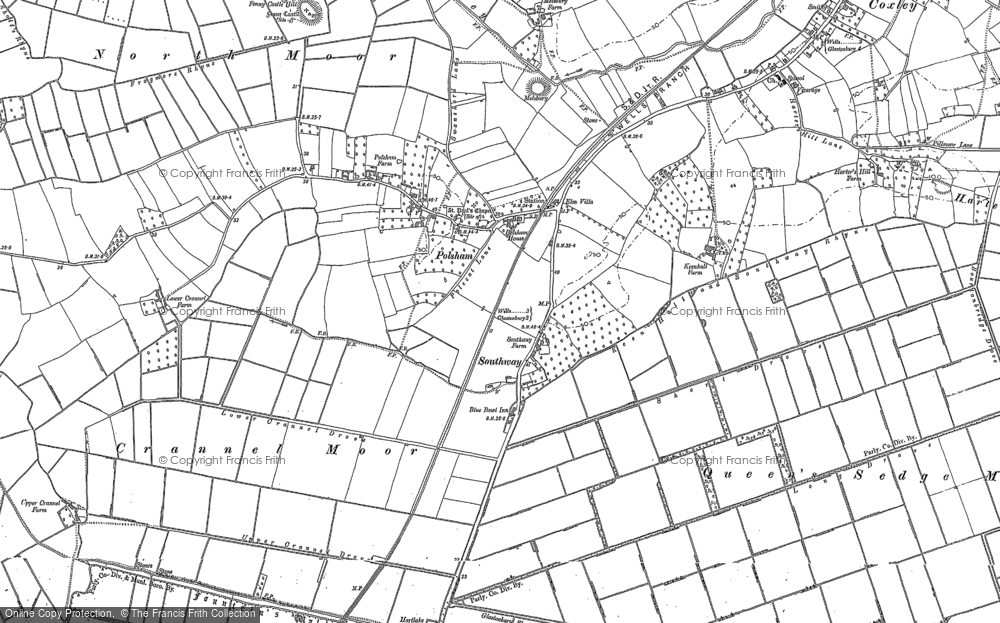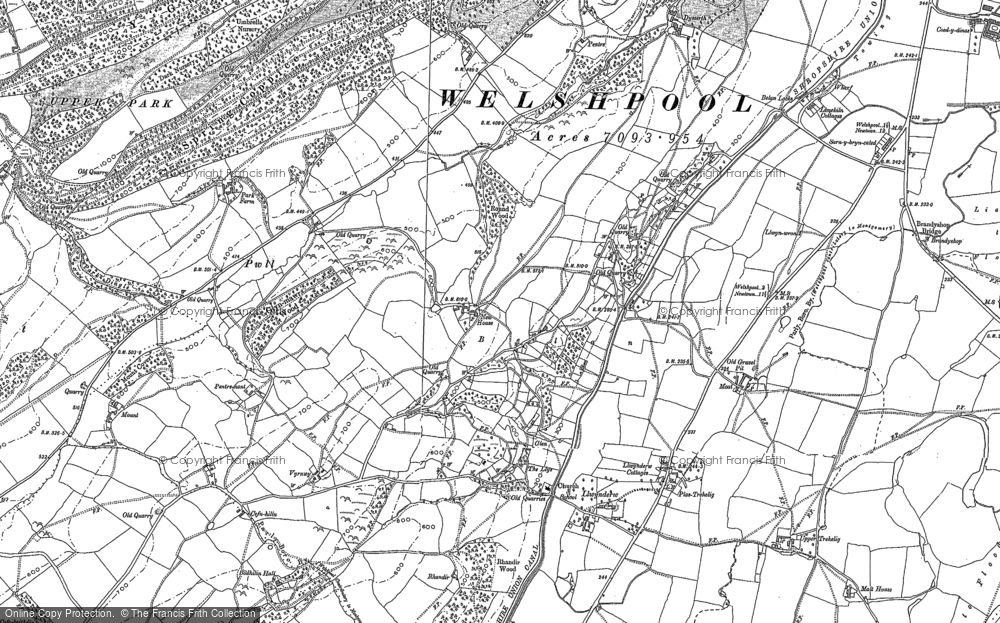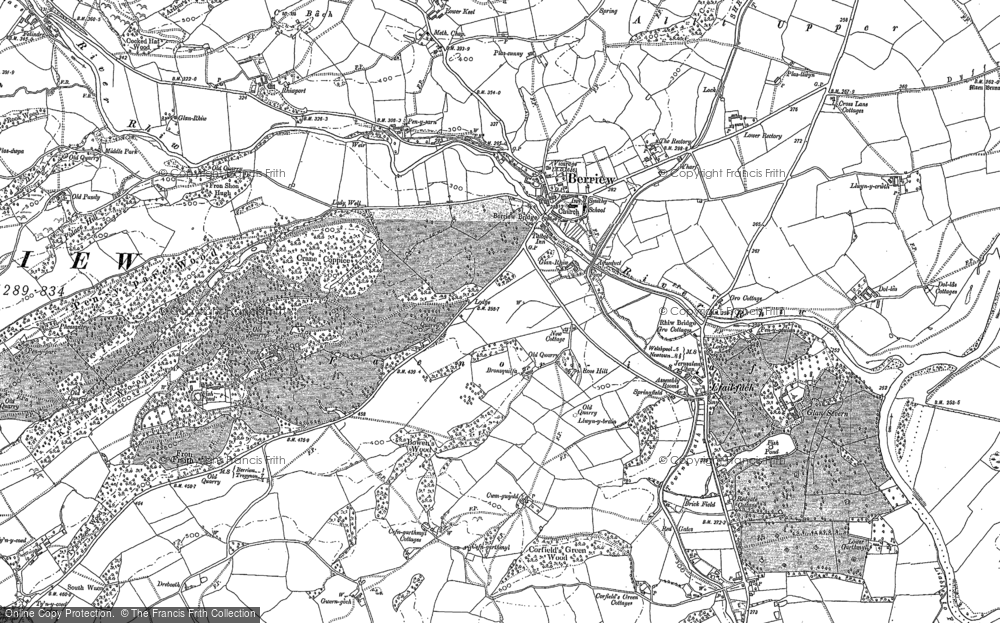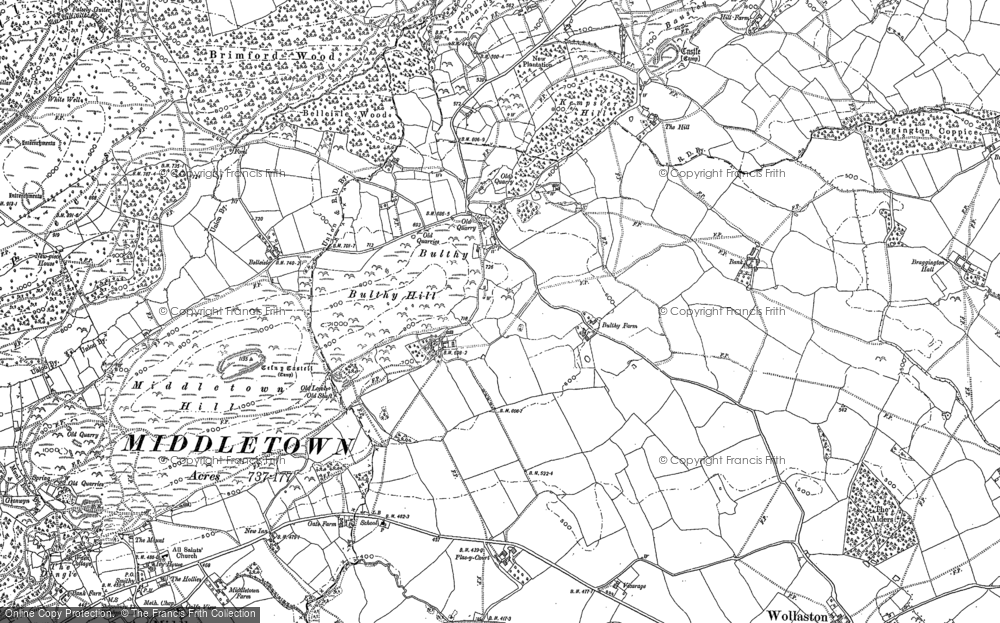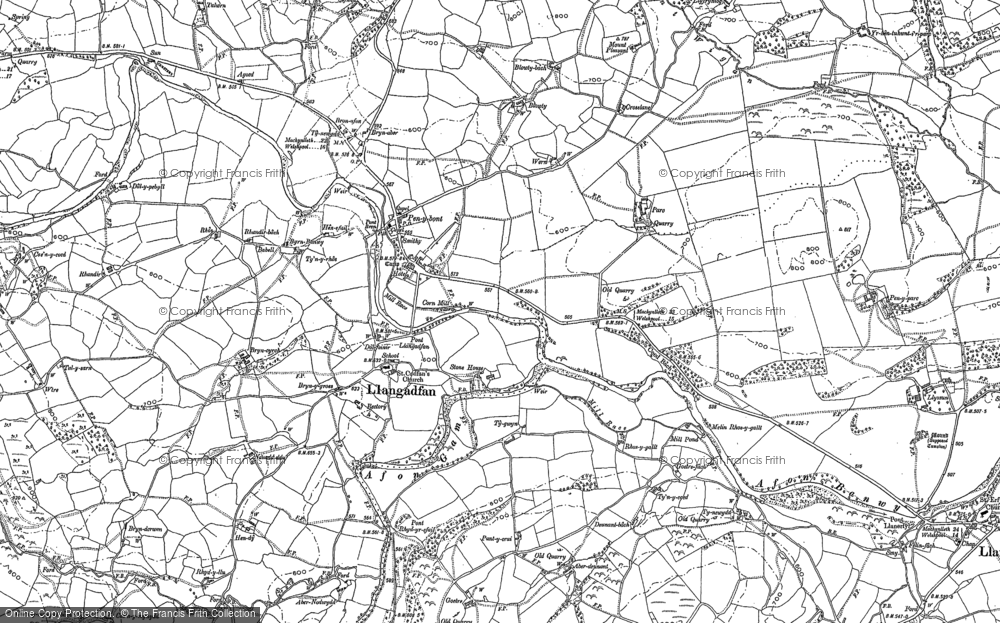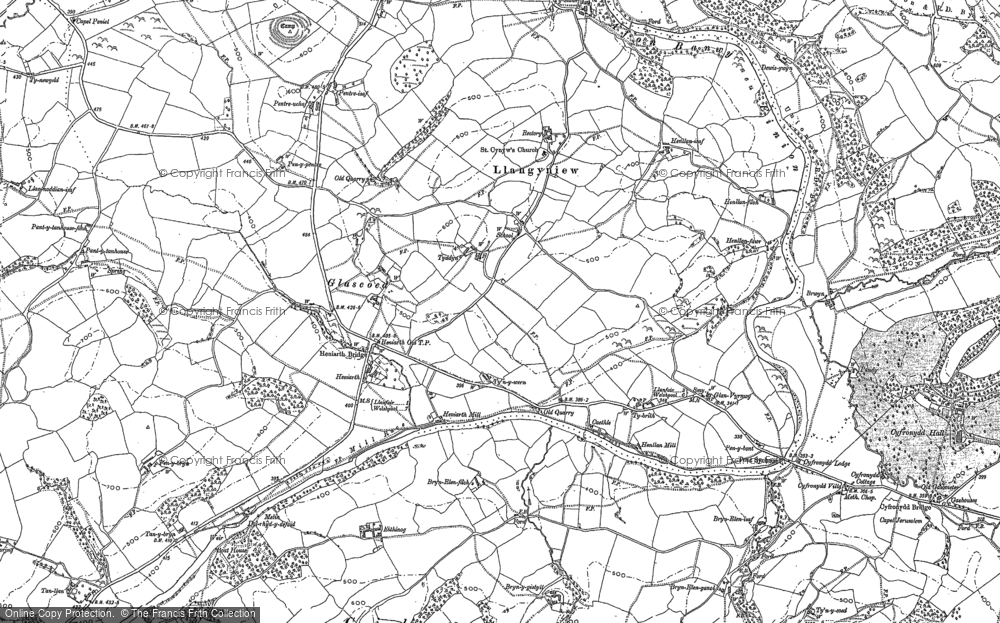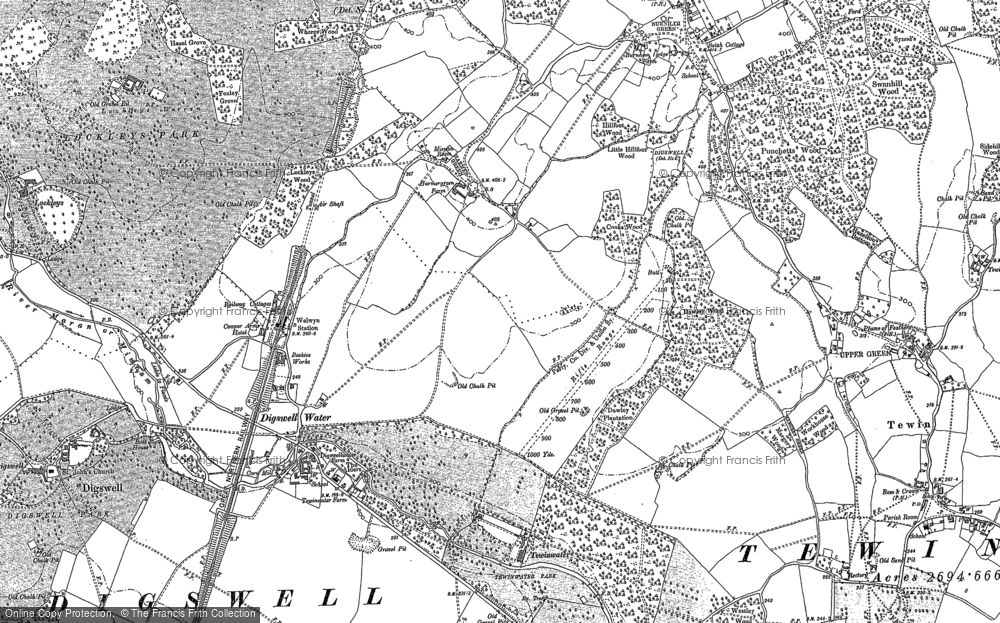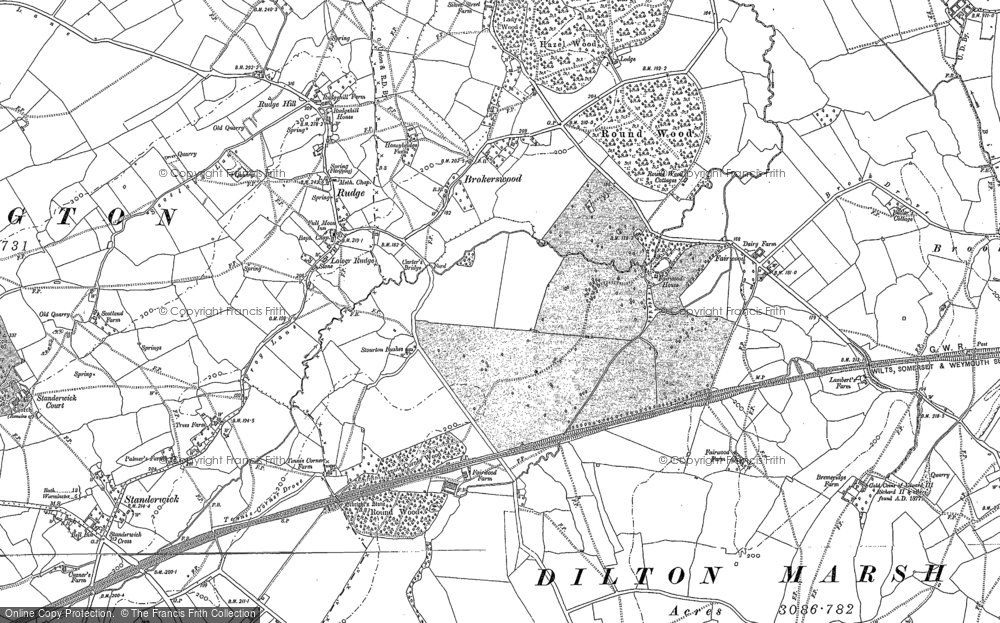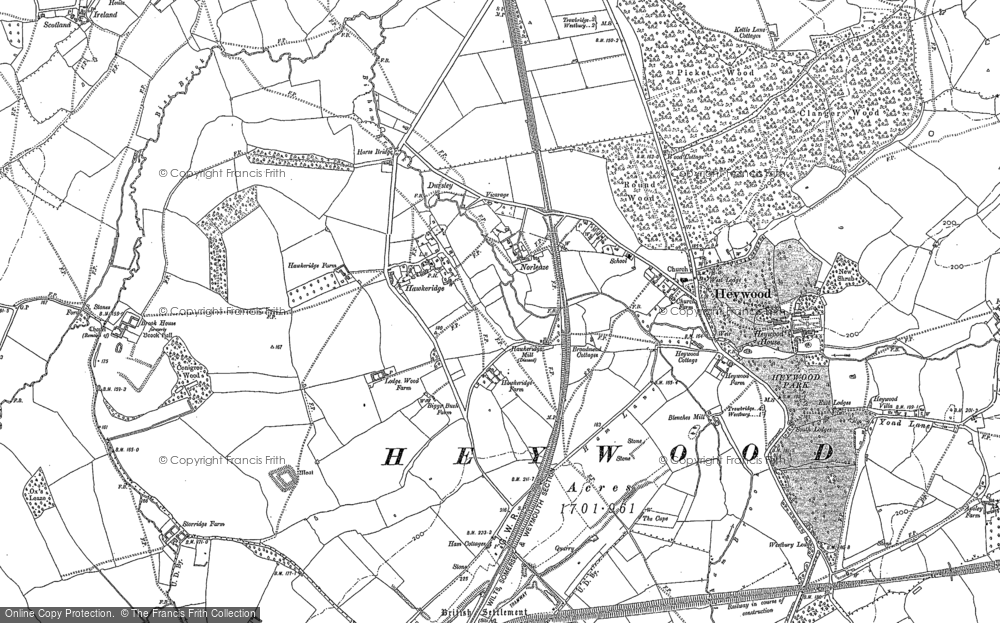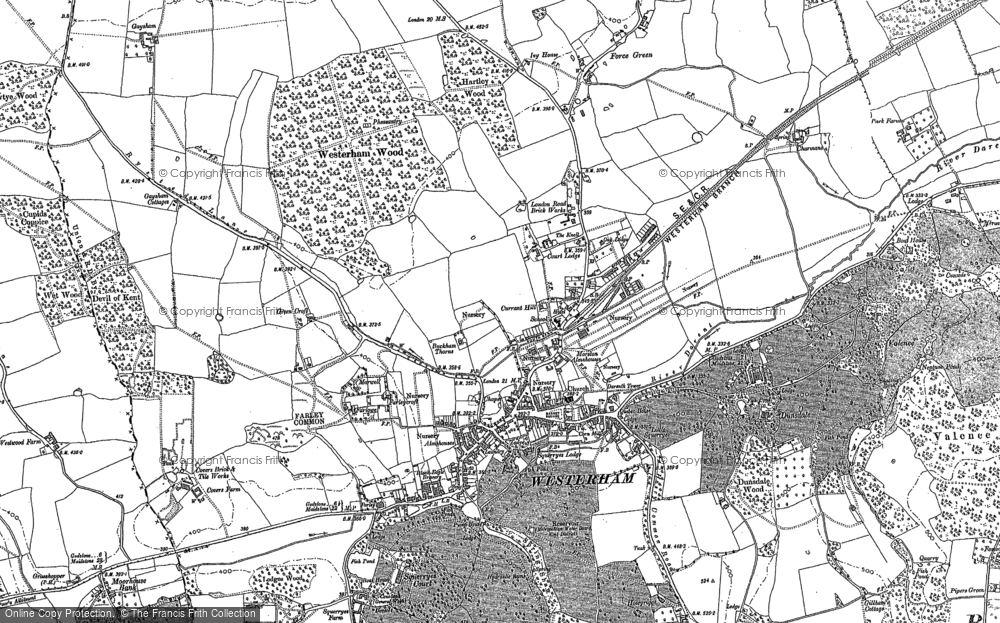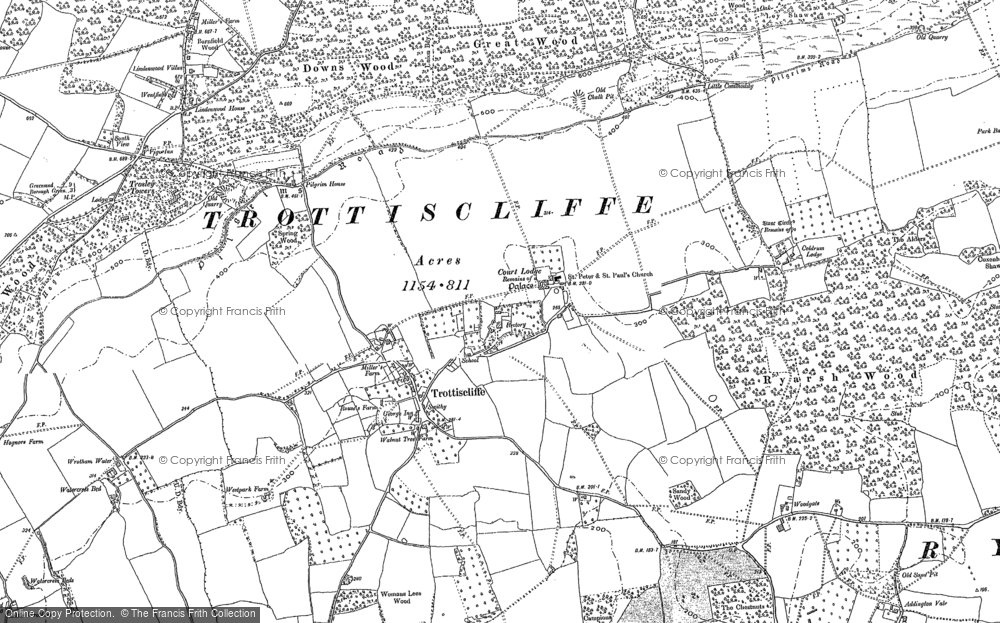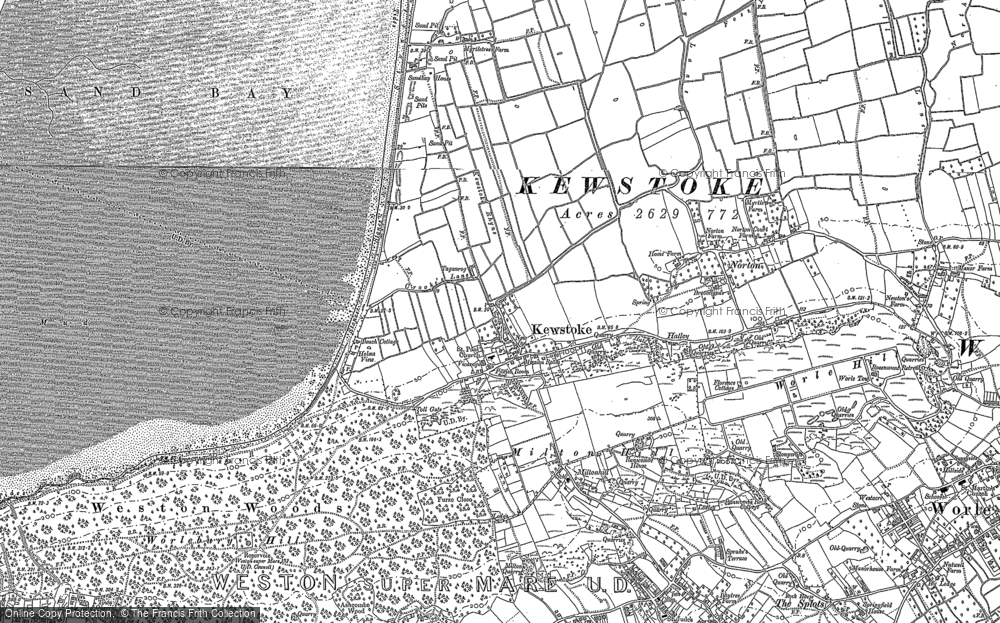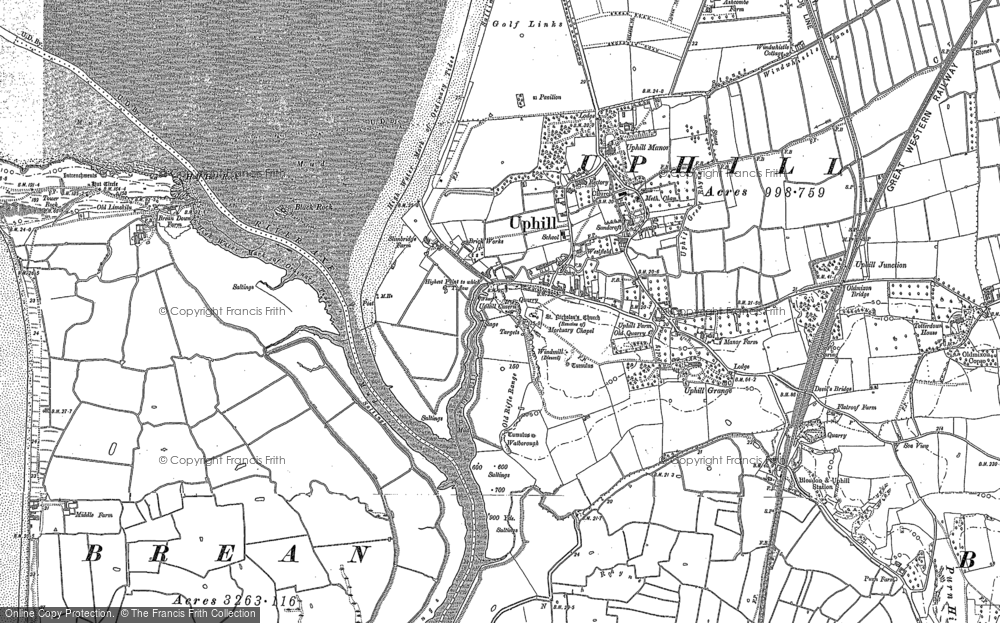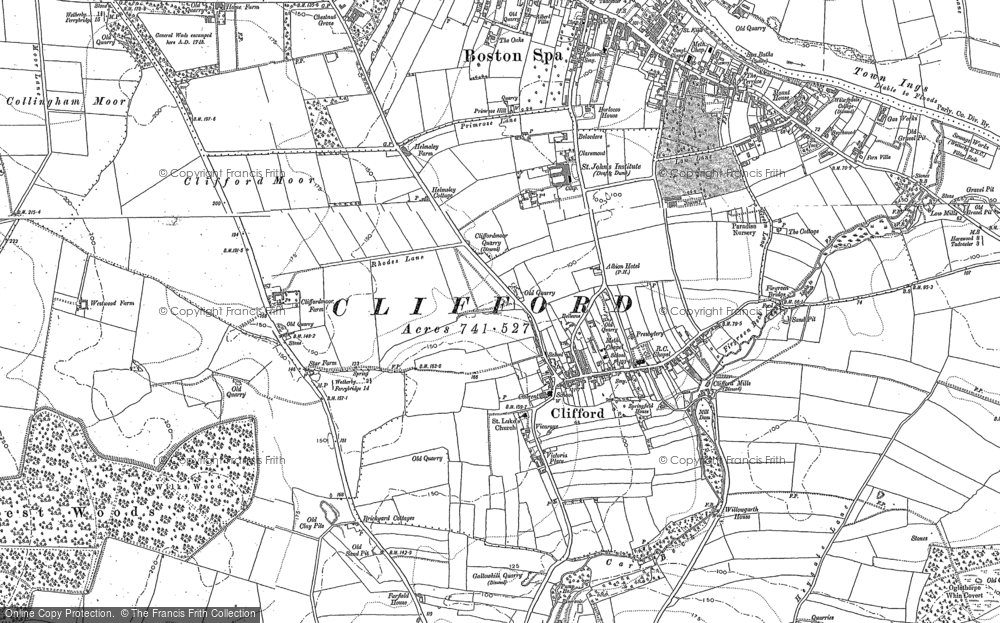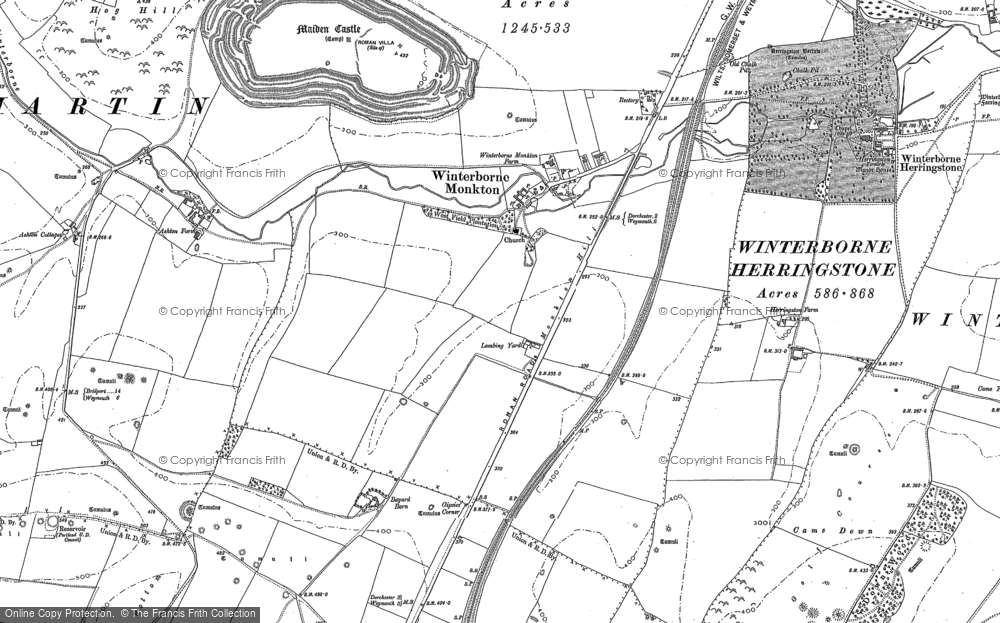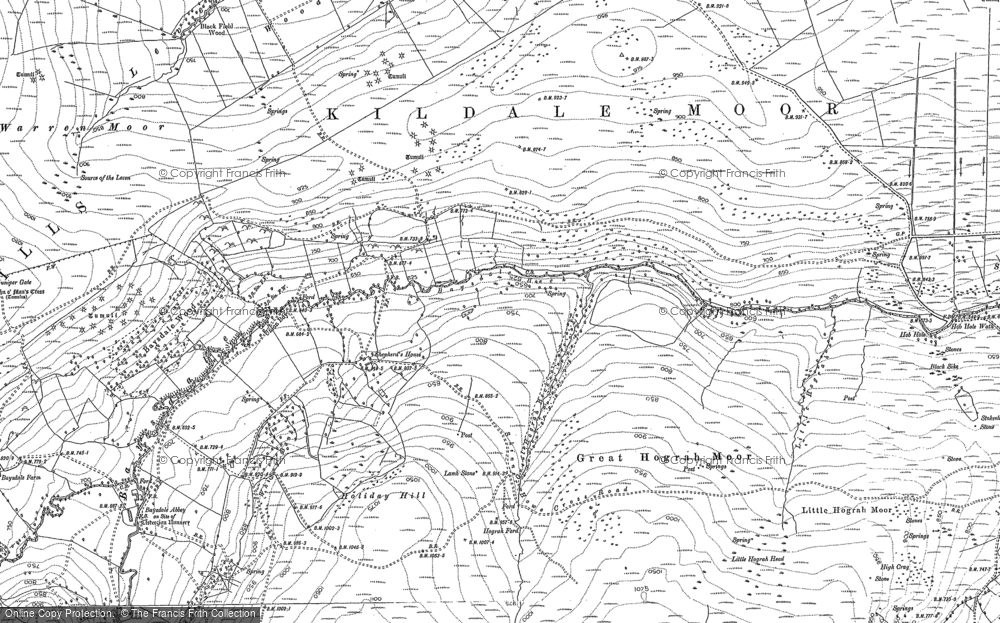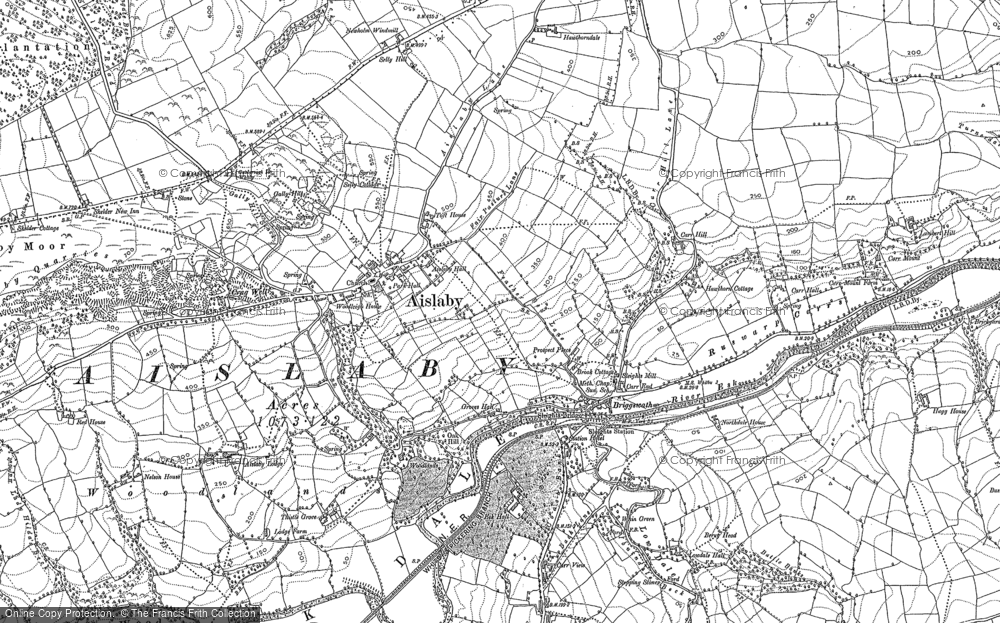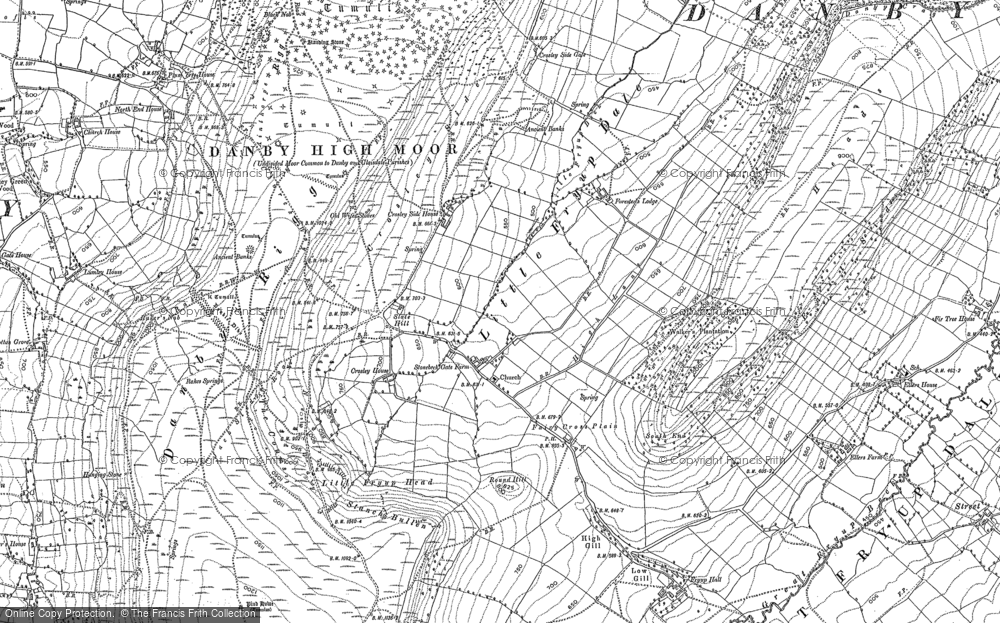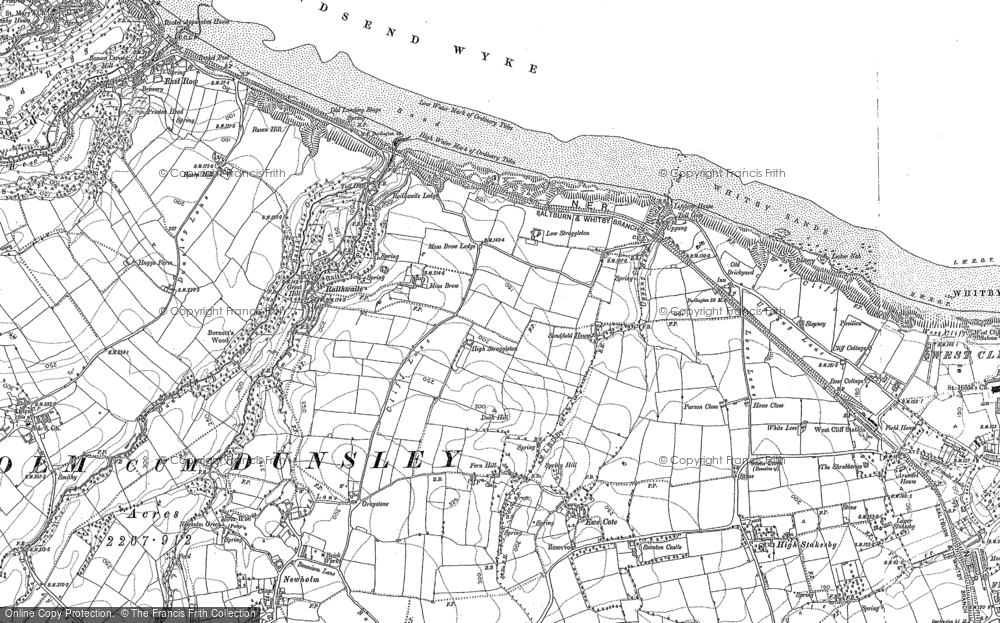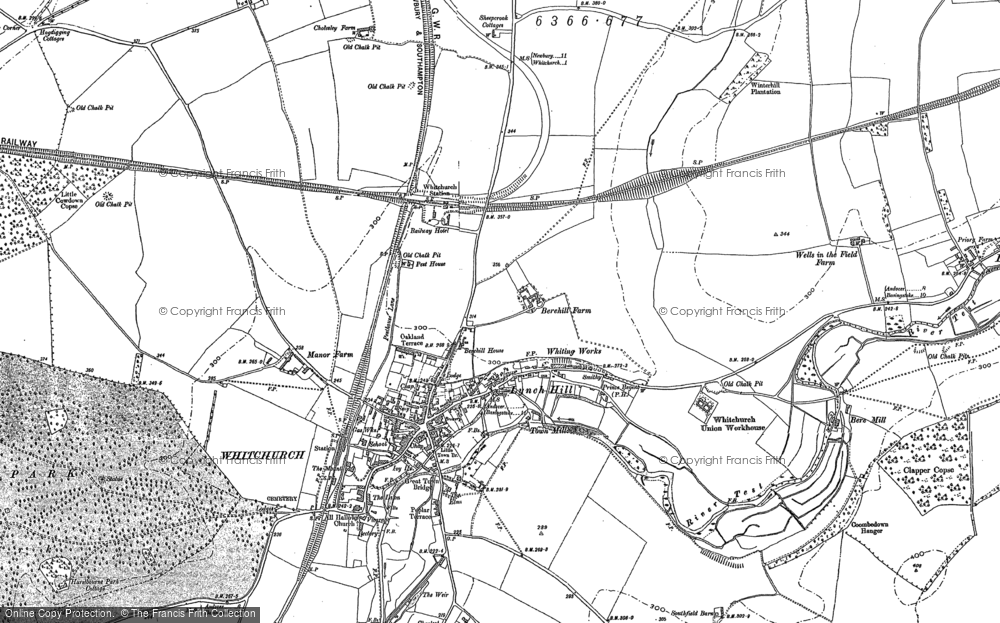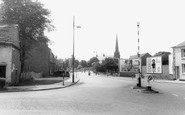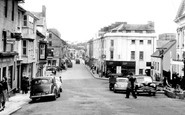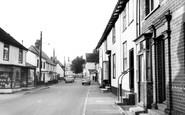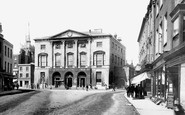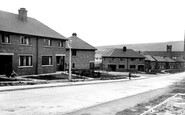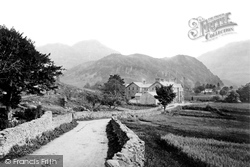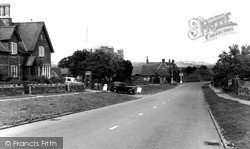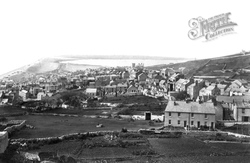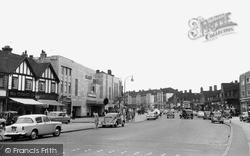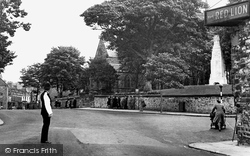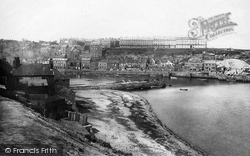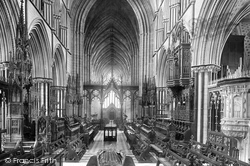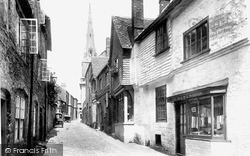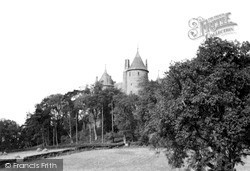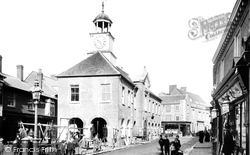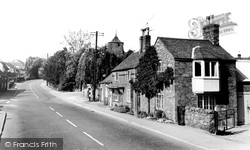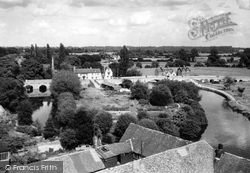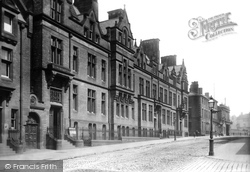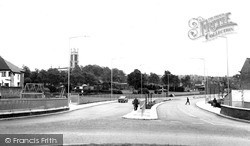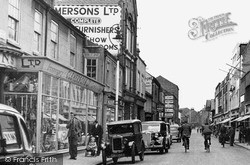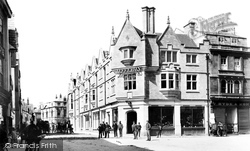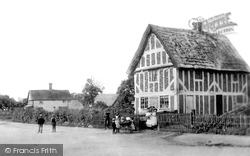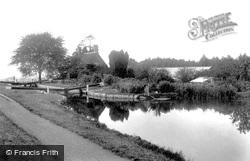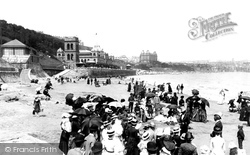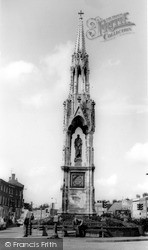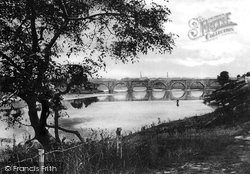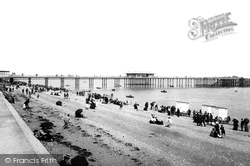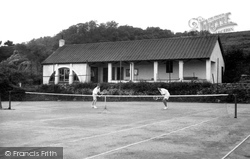Places
36 places found.
Those places high-lighted have photos. All locations may have maps, books and memories.
- Shanklin, Isle of Wight
- Ventnor, Isle of Wight
- Ryde, Isle of Wight
- Cowes, Isle of Wight
- Sandown, Isle of Wight
- Port of Ness, Western Isles
- London, Greater London
- Cambridge, Cambridgeshire
- Dublin, Republic of Ireland
- Killarney, Republic of Ireland
- Douglas, Isle of Man
- Plymouth, Devon
- Newport, Isle of Wight
- Southwold, Suffolk
- Bristol, Avon
- Lowestoft, Suffolk
- Cromer, Norfolk
- Edinburgh, Lothian
- Maldon, Essex
- Clacton-On-Sea, Essex
- Felixstowe, Suffolk
- Norwich, Norfolk
- Hitchin, Hertfordshire
- Stevenage, Hertfordshire
- Colchester, Essex
- Nottingham, Nottinghamshire
- Bedford, Bedfordshire
- Bury St Edmunds, Suffolk
- Aldeburgh, Suffolk
- St Albans, Hertfordshire
- Hunstanton, Norfolk
- Chelmsford, Essex
- Bishop's Stortford, Hertfordshire
- Peterborough, Cambridgeshire
- Brentwood, Essex
- Glengarriff, Republic of Ireland
Photos
11,145 photos found. Showing results 3,681 to 3,700.
Maps
181,031 maps found.
Books
442 books found. Showing results 4,417 to 4,440.
Memories
29,068 memories found. Showing results 1,841 to 1,850.
George /Appleton Of Parc Braws
I have since discovered that Dr George was my great great grandfather. His son, George David A went to school in Helston and by the age of 16 he was in Australia - has anyone any knowledge of him? On his return he ...Read more
A memory of Lizard by
Dereham Norfolk
I was born in Dereham, Muriel Secker, and lived in Cowper Road. I went to the Infants School, near Bishop Bonners Cott, 1928-1932/3, then National School and finally was Head Girl at Crown Road School. 1939 I worked in Hobbies ...Read more
A memory of Great Dunham in 1930 by
Growing Up In Newton
I was born in the old cottage on the left, 175 High Street, in 1948, as June Glencross, my parents squatted there after the war, my dad became the local builder. In 1956 we moved up the road to the old congregational ...Read more
A memory of Newton-le-Willows in 1948 by
Where Was Boots In 1955?
I think that Boots was still on the other side of the road (as seen in the 1950 photo)
A memory of Haverfordwest in 1955 by
Martins News Agents Bilton Road 1965
Wow, I was looking at the pictures of Bilton Road, and it's good to see the newsagents, Martin's is still there. The Maternity Hospital, I can confirm was on Stockdove Way at the junction of Perivale Lane and Argyle Road, I still remember seeing the signs for it.
A memory of Perivale by
1955 To 57
I spent approx 2 years in Bildeston attending the junior school, headmaster I think his name was Mr Kelk (not sure of spelling). I was fostered from the age of 8 to Bildeston for 2 years. Just before I was 10, I then went back home. I ...Read more
A memory of Bildeston by
Living In Thringstone
I moved to Thringstone just before the millennium. I found Thringstone to be a wonderfully quaint village atmosphere, Lovely walks in the countryside and through the Grace Dieu woods. Living in Thringstone for about four ...Read more
A memory of Thringstone in 2000
Chelmsford, Shire Hall 1895.
Many years ago the Shire Hall was where the Quarter Sessions trials were held. This would be the same as the Crown Court trials of to-day. The magistrates court was held in an old building which can still be seen in ...Read more
A memory of Chelmsford by
Crompton County Secondary Modern School. (T''central)
t'Central stood at the junction of Kings Road & Moor Street, almost on the bend.Compared to the junior school it seemed very modern and had only been open about twentyfive years. It had a ...Read more
A memory of Shaw in 1947
Your search returned a large number of results. Please try to refine your search further.
Captions
29,395 captions found. Showing results 4,417 to 4,440.
This very early postcard view of the Borrowdale Hotel, with Grange Crags behind, shows the Lake District as it was before the tourist invasion really took hold.The traffic-free minor road meanders
This photograph was taken about five years after R353020 (pages 62-63) and further down the hill towards the centre of Rockingham.
Boats are on the Chesil Beach between Chiswell and Victoria Sqaure (top left), with Portland Harbour on the other side of the pebble bank (centre background), in a panorama north-westwards from Paradise
Kingsbury Underground Station is situated some distance to the north-west of the original village centre, and within a range of not unattractive shops, seen on the right, with their pitched dormered and
Hidden behind the trees is the parish church of St Michael and All Saints; burial place of Bernard Gilpin (died 1583), cleric, orator, philanthropist, and founder of Houghton Grammar School.
Taken long before the days of amusement arcades and the bandstand, this photograph shows that Pier Road and the Crag consisted solely of dwelling houses, probably occupied mainly by the fishing community
This view of Worcester Cathedral was taken looking west along the length of the quire and nave to the great west window.
Lombard Street is one of the least changed streets in this delightful market town, a tangle of narrow lanes and alleys winding to the east of the towering walls of Petworth House's grounds.
Castell Coch has featured in a number of films, both for screen and television.
Chesham has been a market town since 1257 when Hugh, Earl of Oxford, obtained from King Henry III a grant of a weekly market and annual three-day fair.
A lovely composition of local stone cottages in the lee of the tree-shrouded parish church.
Here we see the river bridges and Nag's Head island, which separates the main river on the right and the back water on its left.
County Hall was built in 1882 and was the administrative headquarters of Lancashire County Council.
The layout of the streets is still there but many of the older buildings have been swept aside by progress.
This view of the main road (known here simply as 'The Ringway') shows St George's Park just to the left of the dual carriageway.
It grew both in physical size - occupying a rabbit warren of connected shops on the corner of Cattle Market and Market Street - and in its range of goods.
Much of the woollen industry, by which Cirencester prospered, was organised by the monks of the great abbey which was completed during the reign of Henry II.
An air of tranquillity pervades this pretty scene with its unmetalled road, and it could almost be a photograph of modern Totternhoe.
Devizes is perched on the top of a hill overlooking the Avon valley. From there, the Kennet & Avon Canal plunges down the extraordinary flight of 29 locks at Caen Hill to the valley below.
A magician entertains a crowd of well dressed Victorian holidaymakers on the beach.
Dedicated to Wisbech's most famous son, Thomas Clarkson (1760-1846): one of the key figures in the movement for the abolition of the slave trade in the 18th and 19th centuries.
The bridge was built to designs by Alexander Galloway, Rector of Kinkell, started in 1521 and widened by John Smith, 1840. The upstream facings were removed and replaced on the widened structure.
Wheeled bathing machines at the water's edge preserve the modesty of Victorian swimmers so none can be seen braving the waters.
Dinas Powis Tennis Club was founded in 1901, thanks to the generosity of General Lee as Lord of the Manor. Premises were amicably shared with the Bowls Club.
Places (6814)
Photos (11145)
Memories (29068)
Books (442)
Maps (181031)


